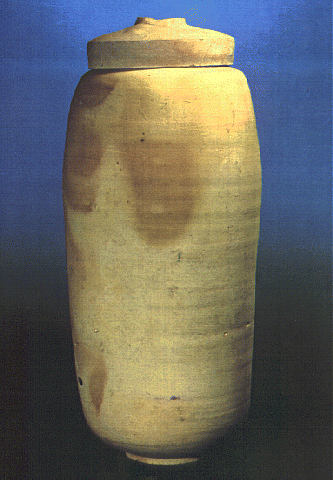

![]()
The Dead Sea Scrolls were a large cache of ancient texts that were deposited in caves along the Dead Sea sometime before 68 CE. The prevailing opinion is that these manuscripts were placed in the caves (so far, 11 caves have been discovered) to protect them from the ravages of the first Roman-Jewish war. The 1st cave, discovered accidentally by Arab shepherds in 1947, produced 7 intact scrolls and fragments of others. Ten more caves would be discovered over the next 9 years. The last, Cave XI produced the most well preserved and intact scrolls. The largest amount of manuscript material, however, was dug from an ancient floor level of Cave IV in 1952 but were in tens of thousands of fragments representing more than 570 manuscripts. All 11 caves produced, intact or fragmentary, more than 800 manuscripts. There are basically three types of manuscripts, Biblical, apocryphal (or pseudepigraphal) and sectarian (related to the community that produced them). The manuscripts were inscribed on parchment, leather, papyrus, and one tooled in copper. I became acquainted with them in 1948 from photographs in the possession of Dr. William F. Albright. I was just a lad learning Hebrew and had stopped by the office of "Dr. Bill" at Johns Hopkins University, a short walk from my home in Baltimore. He was showing the photographs to Dr. Gus van Beek whose office was next door. He allowed me to sit at the credenza behind his desk and attempt to translate some of the lines of ancient script. After about a half hour of putting words together I was able to recognize a passage from the Book of Isaiah. I will never forget the praise he gave me, even recalling Dr. Van Beek from his office to brag about his 8 year old student.
The manuscripts have had a long and controversial history since then. I always kept up with their study and the progress of publications. The manuscripts became caught up in politics and academic territorialism. A few select scholars had access to the scrolls which were assigned to them for publication in numbers that would have taken them two lifetimes or more. This access gave them power, prestige and the hope that among the vast array of ancient fragments there may have been some very important text that might rock the foundations of academia. None of the scholars wanted anyone other than himself to find some potential "holy grail" among the thousands of fragments. Picture 800 jigsaw puzzles where the pieces were all mixed together with a very small number of puzzle workers. One of the pieces might bring fame, fortune and great recognition. They were not about to release access to this treasure trove. In 1991, other scholars had to literally "hijack" the scrolls, first from an extensive concordance and later from photographs clandestinely deposited for security purposes in the Huntington Library in San Marino, California.